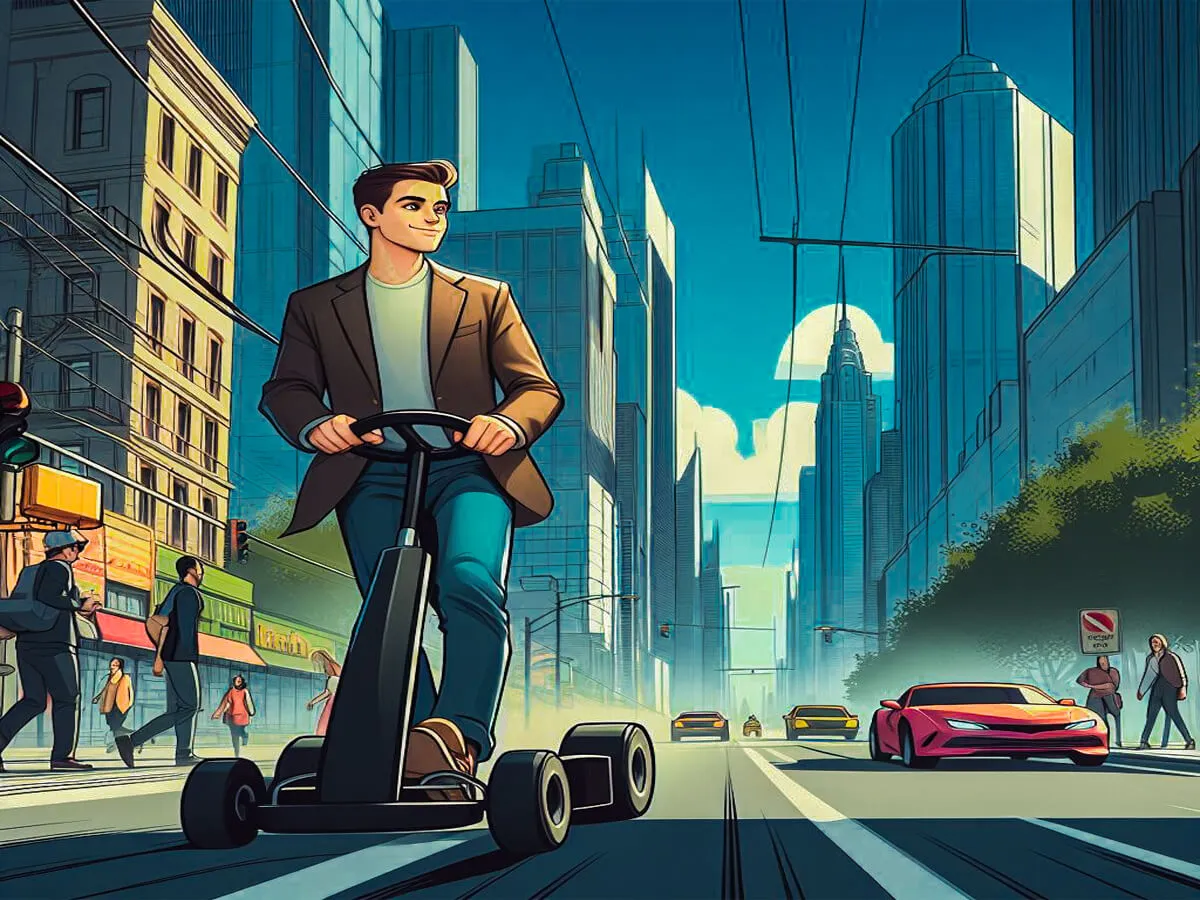Can You Drive a Go Kart on the Sidewalk?
Go-karting is a thrilling activity enjoyed by many, whether on professional tracks or in recreational settings. However, the question often arises: Can you drive a go-kart on the sidewalk? No, driving go-karts on sidewalks is generally illegal due to safety concerns and legal restrictions. Stick to designated tracks or private properties.
In this comprehensive guide, we will explore the intricacies surrounding the use of go-karts in public spaces, shedding light on the legal landscape, safety implications, and alternative options for enthusiasts.
Navigating the Legal Landscape

The legality of driving a go-kart on the sidewalk varies depending on jurisdiction and classification. In the United States, go-karts are typically not street legal and are designated for track use only.
However, there are exceptions in certain states where go-karts can be registered as Low-Speed Vehicles (LSVs) or Off-Highway Vehicles (OHVs) with appropriate modifications and adherence to specific regulations.
It is essential to consult local laws and regulations to determine the permissibility of operating a go-kart on public roads or sidewalks.
Safety Considerations:
Beyond legalities, safety is paramount when considering the use of go-karts in public spaces. Sidewalks are designed for pedestrian traffic, and introducing motorized vehicles can pose significant risks to both drivers and pedestrians.
Go-karts lack many safety features standard in road vehicles, such as seat belts, lights, and turn signals, making them ill-suited for navigating crowded urban environments.
Additionally, the high speeds and maneuverability of go-karts can increase the likelihood of accidents and collisions, underscoring the importance of exercising caution and restraint.
Exploring Alternative Options:
While the allure of driving a go-kart on the sidewalk may be tempting, there are alternative venues where enthusiasts can indulge in their passion safely and legally.
Dedicated go-kart tracks provide a controlled environment for racing and recreational activities, offering ample space and safety measures to mitigate risks.
Additionally, private properties or off-road trails may offer opportunities for off-road go-karting, allowing enthusiasts to enjoy the thrill of driving in a more secluded setting away from public thoroughfares.
FAQs
Is it legal to drive a go-kart on the sidewalk?
Generally, go-karts are not permitted on sidewalks due to safety and legal concerns. Sidewalks are designed for pedestrian use, and introducing motorized vehicles can pose risks to both drivers and pedestrians.
Can I drive a go-kart on public roads?
In most cases, go-karts are not street legal and are intended for track use only. However, there are exceptions in certain states where go-karts can be registered and modified to meet specific regulations for street use.
What safety precautions should I consider when driving a go-kart?
Safety is paramount when operating a go-kart, especially in public spaces. Ensure that your go-kart is equipped with essential safety features such as seat belts, lights, and mirrors. Additionally, always follow traffic rules and exercise caution to prevent accidents.
Where can I legally drive a go-kart?
The best places to drive a go-kart legally are dedicated tracks or private properties with permission. These environments provide controlled settings for racing and recreational activities while minimizing risks to drivers and pedestrians.
Can I modify my go-kart to make it street legal?
It may be possible to modify your go-kart to meet street legal requirements, such as adding safety features and obtaining proper registration. However, this process can vary depending on local laws and regulations.
Conclusion
In conclusion, while the prospect of driving a go-kart on the sidewalk may hold appeal for enthusiasts, it is essential to consider the legal and safety implications carefully. Navigating public spaces with motorized vehicles requires adherence to strict regulations and a keen awareness of potential hazards. By understanding the legal framework, prioritizing safety, and exploring alternative options, enthusiasts can enjoy the exhilaration of go-karting while minimizing risks to themselves and others.

Jason Berry is a passionate enthusiast of all things go-karting. With years of experience in the industry, he has dedicated himself to exploring and uncovering the world of go-karts, from the adrenaline-pumping races to the intricacies of design and performance. Jason’s expertise extends beyond just the tracks; he delves into the mechanics, the technology, and the community that surrounds these thrilling machines. Through his articles and insights, Jason aims to share his knowledge and help fellow enthusiasts make informed decisions about their go-karting adventures. Whether you’re a seasoned racer or a newcomer to the sport, Jason’s expertise and passion are sure to rev up your excitement for the best go-karts on the market.

